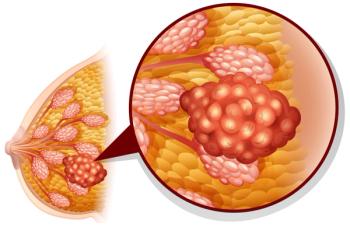
Early Neuro-Oncology Strategies May Hold Promise in Glioblastoma

Antibody-drug conjugates and small molecule inhibitors may show utility in the neuro-oncology field, according to Nader Sanai, MD.
Nader Sanai, MD, spoke with CancerNetwork® about potential ongoing efforts that may advance the neuro-oncology field and improve outcomes among patients with glioblastoma and other diseases.
In particular, Sanai, director of the Ivy Brain Tumor Center and J.N Harber Professor of Neurological Surgery, Francis and Dionne Najafi chair for Neurosurgical Oncology, and chief of neurological oncology at Barrow Neurological Institute, highlighted how antibody-drug conjugates and molecular glues may demonstrate utility in the treatment of this population. Additionally, the use of small molecular inhibitors has merited further consideration as a therapy option for patients with gliomas harboring germline mutations. Sanai emphasized collecting tissue-based evidence to identify promising treatment modalities so that practices can rely on surrogate models less often.
Transcript:
We’re very excited about what we’re seeing in other dimensions of oncology that could have applicability within neuro-oncology. [This includes] drug classes like antibody-drug conjugates, molecular glues…and [small interfering] RNA. These are classes that, in some cases, have never been interrogated within the neuro-oncology space but merit that [interrogation]. The immunotherapy revolution so far has not touched neuro-oncology and patients with glioblastoma as it has in other types of cancer. But that doesn’t mean that there isn’t going to be crossover with other strategies.
Another area that continues to merit interest is small molecular inhibitors, particularly in the setting of germline mutations in gliomas as well as oncogenic fusions. There’s been some success in that latter space recently in the setting of track mutations. We think that there are a number of upcoming, promising early development strategies that we’re exploring that other programs will hopefully [explore] as well.
We think that the key to identifying what is truly promising vs [what is] not is less about a narrative-driven approach and more about looking for tissue-based evidence in patient tumors themselves, so that we can stop relying too much on surrogate models and model systems.
Newsletter
Stay up to date on recent advances in the multidisciplinary approach to cancer.





















































































